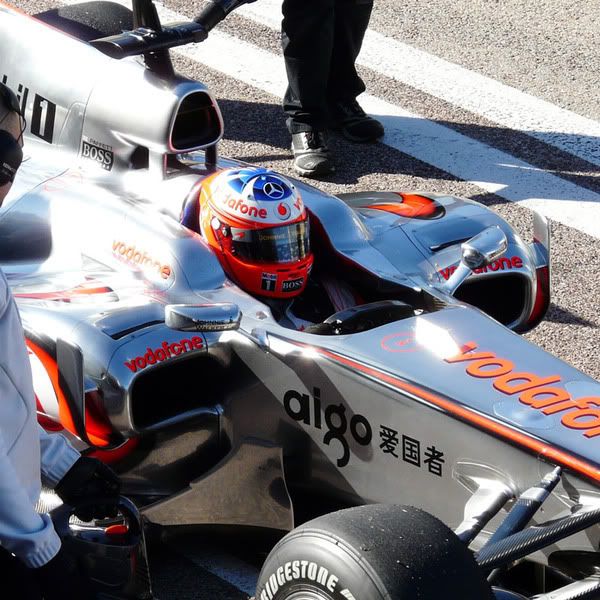kilcoo316 wrote:* the tyres in a tunnel are independent of the chassis aero loading - so the teams control how they react through the stings.
Mmm... this made me think about how wind tunnels work. Please note that I am severely allergic to labs, and that I'm no engineer, so I've never been told how these things are supposed to be.
I imagine that in the case of an aircraft or something that flies, you hold the model as far as possible from the walls in order to avoid "ground effects" with steel wires or a small mount in the CG or whatever. But what happens in a rolling floor wind tunnel for a car/bike? Doesn't it work like, I don't know, a giant running machines, like in the gyms? Excuse my naivety, please. If you had a big "mat" running just under the floor, with the rest being static, I suppose you'd be missing stuff due to the still wheels plus introducing spurious effects due to the ground-moving floor interaction. Maybe they are not that important in the design stages?
Also, one final question to the experts: what is more accurate
today? A well done calculation or a 60% model on a rolling floor wind tunnel? My money would be in the wind tunnel, but after seeing several teams struggle with calibrations, I'm no longer that sure.
I am not amazed by F1 cars in Monaco. I want to see them driving in the A8 highway: Variable radius corners, negative banking, and extreme narrowings that Tilke has never dreamed off. Oh, yes, and "beautiful" weather tops it all.
"Prediction is very difficult, especially about the future." Niels Bohr






